When it comes to creating custom designs on fabrics using a heat press, choosing the right transfer paper is crucial. The quality of the heat press transfer paper directly impacts the outcome of your printing project, affecting factors such as print clarity, durability, and color vibrancy. In this article, we will guide you through the process of selecting the best heat press transfer paper for your specific needs, ensuring that your designs come out looking professional and long-lasting.
What is Heat Press Transfer Paper
Heat press transfer paper is a specialized type of paper that allows you to transfer designs from paper to fabric or other surfaces using heat and pressure. It is coated with a special polymer that melts and adheres to the fabric when exposed to high temperatures. The ink from the paper is transferred to the fabric, creating vibrant and detailed designs.
Different Types of Heat Press Transfer Paper
Inkjet Transfer Paper
Inkjet transfer paper is designed for use with inkjet printers. It is commonly used for transferring designs onto light-colored fabrics. This type of paper utilizes water-based inks that bond with the fabric when heat is applied. Inkjet transfer paper provides excellent color reproduction and works well with intricate designs.
Laser Transfer Paper
Laser transfer paper is specifically designed for laser printers or copiers. It is ideal for transferring designs onto both light and dark fabrics. Laser transfer paper uses heat to fuse the toner onto the fabric, resulting in durable and vibrant prints. It is a popular choice for commercial printing projects.
Sublimation Transfer Paper
Sublimation transfer paper is used in conjunction with sublimation printers. It is primarily used for printing designs onto polyester or polyester-coated surfaces. Sublimation transfer paper allows the ink to convert into a gas when heat is applied, bonding the design directly onto the fabric. This process produces vibrant, long-lasting prints.
Tips for Selecting the Heat Press Transfer Paper for your Printing Project
Determine Your Printing Needs
Before choosing transfer paper, define your specific printing needs. Consider factors such as the type of fabric, desired print quality, and the complexity of your designs. This will help you select the most suitable transfer paper for your project.
Consider the Fabric
Different fabrics require different types of transfer paper. Some papers work best on cotton fabrics, while others are more suitable for polyester or blended materials. Consider the fabric composition to ensure optimal adhesion and durability.
Research and Read Reviews
Take the time to research and read reviews on different transfer papers. Look for feedback from other users who have used the papers for similar projects. Their experiences can provide valuable insights and help you make an informed decision.
Test Different Papers
If you are unsure which transfer paper will work best for your project, consider purchasing sample packs or smaller quantities of different papers. Testing various options will give you a firsthand experience of the print quality, color vibrancy, and durability before committing to a larger purchase.
Factors to Consider when Choosing Heat Press Transfer Paper
Print Compatibility
Before choosing a heat press transfer paper, it is important to consider the compatibility with your printer type. Different transfer papers are designed for specific printers, such as inkjet, laser, or sublimation printers. Ensure that the transfer paper you select is compatible with your printer to achieve the best results.
Paper Quality
The quality of the transfer paper significantly impacts the final print result. Look for papers that have a smooth surface, as this allows for better ink absorption and sharp image reproduction. High-quality papers also prevent ink bleeding and smudging, resulting in cleaner prints.
Transfer Durability
Durability is a crucial factor, especially if you want your designs to last through multiple washes. Choose transfer papers that offer excellent wash resistance and durability. Look for papers that are specifically labeled as “washable” or “durable” to ensure longevity.
Color Vibrancy
To make your designs stand out, consider the color vibrancy offered by the transfer paper. Some papers produce more vibrant colors than others. If vibrant and vivid prints are important to you, look for transfer papers that enhance color saturation and brightness.
Size and Format
Consider the size and format of the transfer paper. Different projects may require various paper sizes, such as letter-size, tabloid, or rolls. Ensure that the paper dimensions suit your specific heat press machine and project requirements.
Cost
While cost should not be the sole determining factor, it is essential to consider your budget when choosing heat press transfer paper. High-quality papers may be more expensive, but they often yield better results. Find a balance between quality and affordability to make an informed decision.
How to Use Heat Press Transfer Paper
Using heat press transfer paper properly involves several steps, including preparation, printing, application, and post-application care. Here’s a guide on how to use heat press transfer paper correctly:
Preparation
Choose the right transfer paper: Select a heat press transfer paper that is compatible with your printer type (inkjet or laser) and suitable for the fabric or surface you will be transferring the design onto.
Pre-wash and prepare the fabric: Wash and dry the fabric to remove any dirt, chemicals, or sizing that may affect the transfer. Ensure the fabric is clean, dry, and free from wrinkles.
Printing
Design preparation: Create or select the design you want to transfer and ensure it is sized appropriately for the desired placement on the fabric or surface.
Adjust printer settings: Follow the manufacturer’s instructions for setting the printer to the appropriate settings for the specific heat press transfer paper you are using.
Print the design: Load the heat press transfer paper into the printer and print the design onto the coated side of the paper. Allow the ink to dry completely before proceeding.
Application
Preheat the heat press machine: Set the heat press machine to the recommended temperature specified by the transfer paper manufacturer. Preheat the machine according to the instructions.
Prepare the fabric and transfer paper: Position the fabric on the heat press machine’s lower platen, ensuring it is smooth and free from wrinkles. Place the printed transfer paper with the design facing down onto the fabric.
Apply heat and pressure: Close the heat press machine, applying even pressure. Follow the recommended time, temperature, and pressure guidelines provided by the transfer paper manufacturer.
Peel or cool down: After the designated time, carefully open the heat press machine and either peel the transfer paper off the fabric while it’s hot (hot peel) or allow it to cool down completely before peeling (cold peel). Follow the instructions specified by the transfer paper manufacturer.
Post-application
Cooling and curing: If using a hot peel method, allow the transferred design to cool completely on the fabric before handling or washing. This helps in ensuring the design sets properly. If using a cold peel method, wait until the fabric and transfer are completely cooled down before peeling.
Washing instructions: Follow the recommended washing instructions provided by the transfer paper manufacturer to ensure the longevity and durability of the transferred design. This may include instructions on water temperature, washing inside out, or avoiding certain detergents or bleach.
Storage: Store the remaining unused transfer paper in a cool and dry place, away from direct sunlight or excessive moisture, to maintain its quality and effectiveness.
Always refer to the specific instructions provided by the transfer paper manufacturer for best results, as techniques and requirements may vary depending on the brand and type of transfer paper used.
Discover High Quality Heat Press Transfer Papers
We produce high quality unit transfers, that are pressed individually on each textile product, our transfers are compatible with any press of the market.
Unit Transfers
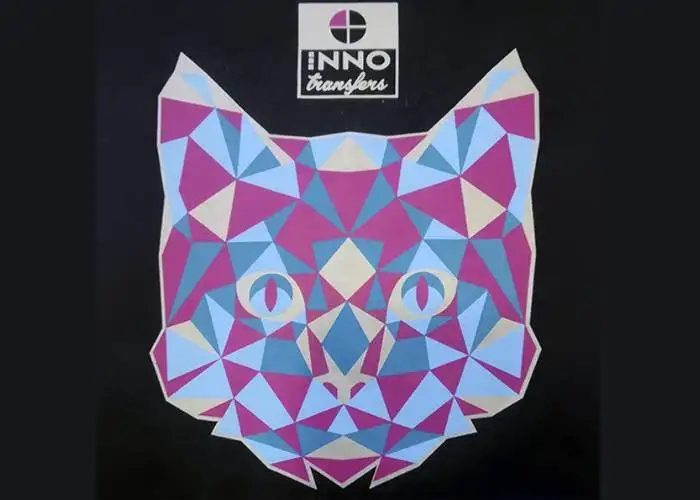
INNOTRANSFERS produce high quality UNIT TRANSFERS, transfers that are pressed individually on each textile product, our transfers are compatible with any press of the market.Unit transfers allow a great versatility of design and application in a wide range of textile products. Designs have to be vectorized and with high definition to get a good quality.Our INNOTRANSFERS have been approved according to Oeko Tex Standard 100, which is the maximum quality level, and allow our transfers to be used on baby clothing and organic clothing.
A3-Group Logos
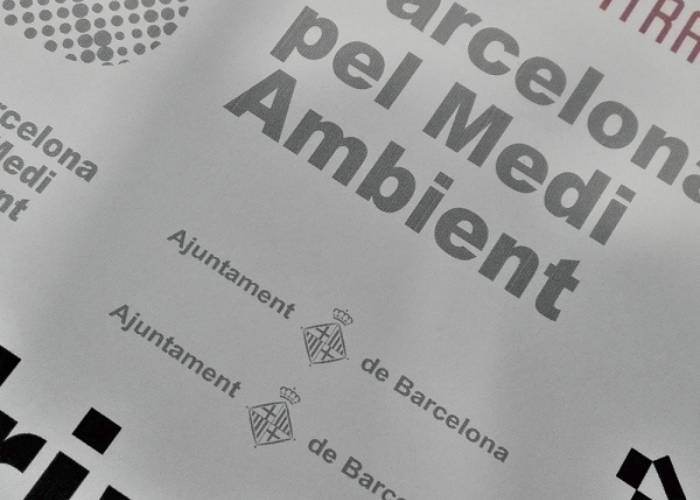
We produce a special format A3, where you can add as many logos as you want, taking into consideration the distances in between logos (1 cm) and to the edges (1 cm). Our A3 sheets (420x297mm), are delivered without cutting.The number of colours, are the number of colours present on the sheet, so if having red and white logos, will be a 2 colours price.
Eco-Resist Transfers
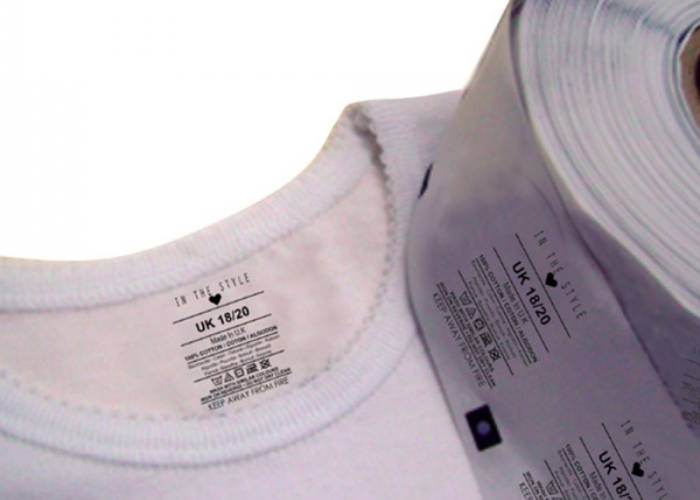
We produce high quality ROLL TRANSFERS, this innovative system will allow you to greatly increase your production capacity, while reducing production costs.We have designed our ECO-RESIST transfer logos with totally ECO-Friendly inks, which resist industrial washing and are extremely flexible. These single color transfers are especially recommended for hospital clothing, underwear, laundry textiles, and textile products that have to withstand washing and drying processes at very extreme temperatures.
Full Colour Transfers

We produce a special format FULL COLOUR INNOTRANSFERS A3, where you can add as many logos as you want, without limit of colours.The FULL COLOUR INNOTRANSFERS A3, allow an infinite amount of detail and colors as well as gradients. All images are realizable.Logos with more than 5 colours, colour gradients, or very small details, would be produced in full colour format.
Roll Transfers
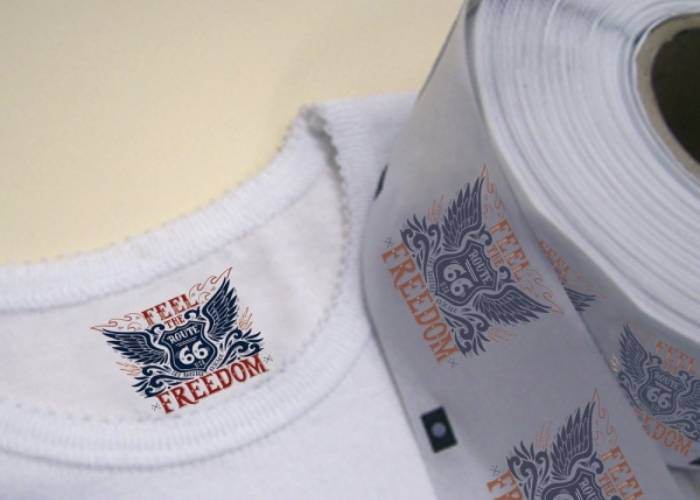
We produce high quality ROLL TRANSFERS, this innovative system, will allow you to increase hugely your production capability, at the same time that you reduce production costs. No more scratchy labeks! Relabel your clothing with our roll transfers in less than 2 seconds. You can order logos up to 4 colours, from the smallest label size to the size of a back logo, we can produce any size, any logo. 100% perfect logo’s visual quality, our roll logos are perfect for fashion labelling and customization of any textile material.
Conclusion
Choosing the right heat press transfer paper is essential for achieving professional-quality prints on fabrics. Consider factors such as print compatibility, paper quality, transfer durability, color vibrancy, size and format, and cost when making your selection. Additionally, understand the different types of transfer papers available, such as inkjet, laser, and sublimation, and their respective applications. By following these tips and guidelines, you can ensure that your printing projects are a success.
FAQs
Can i use sublimation ink on heat transfer paper?
Yes, sublimation ink can be used with specific types of heat transfer paper that are designed for sublimation printing. Sublimation ink is a special type of ink that, when heated, turns into a gas and bonds with polyester fibers or polyester-coated surfaces.
Can I use any type of transfer paper with any printer?
No, different transfer papers are designed for specific printer types. Inkjet transfer paper is compatible with inkjet printers, while laser transfer paper is designed for laser printers or copiers. Sublimation transfer paper works with sublimation printers.
how to remove heat transfer paper from shirt?
To remove heat transfer paper from a shirt, preheat an iron to medium-high, place a protective layer (thin cloth or parchment paper) over the transfer paper, and apply firm, circular pressure with the iron for 10-15 seconds. Allow the paper to cool, then gently peel it off from one corner. If residue remains, use rubbing alcohol, dish soap and warm water, or a commercial adhesive remover to clean it off. Always follow the care instructions of the shirt to avoid damage.
Is it necessary to prewash the fabric before using transfer paper?
In some cases, prewashing the fabric can improve the adhesion and longevity of the transfer. It helps remove any chemicals or residues that may interfere with the transfer process. However, always refer to the instructions provided by the transfer paper manufacturer.
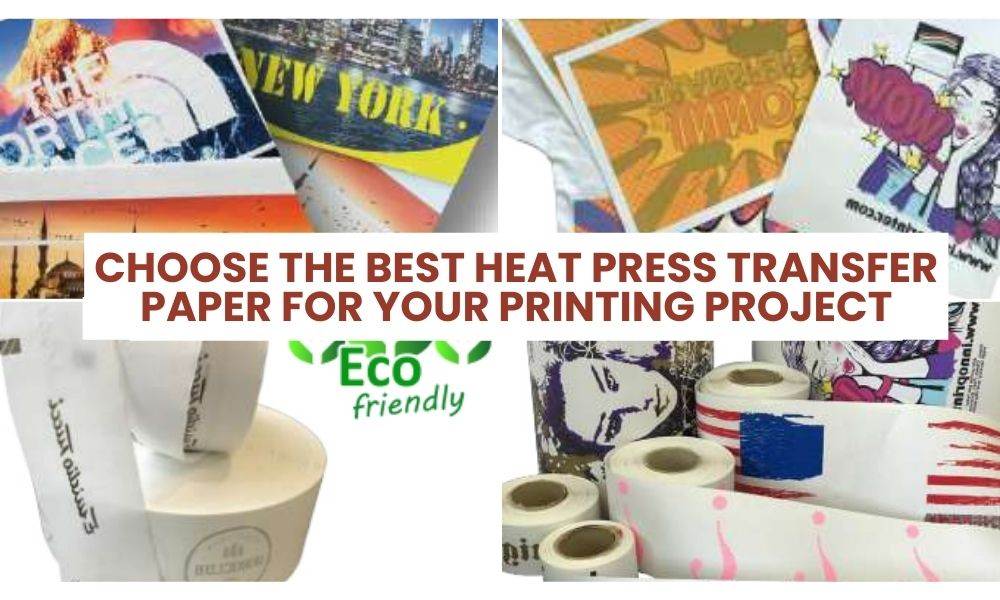
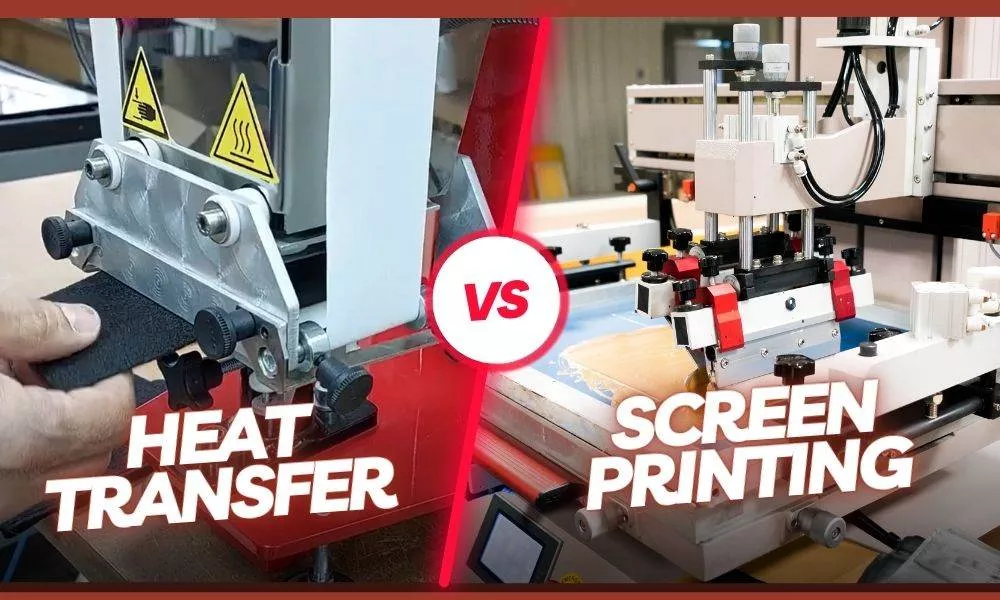
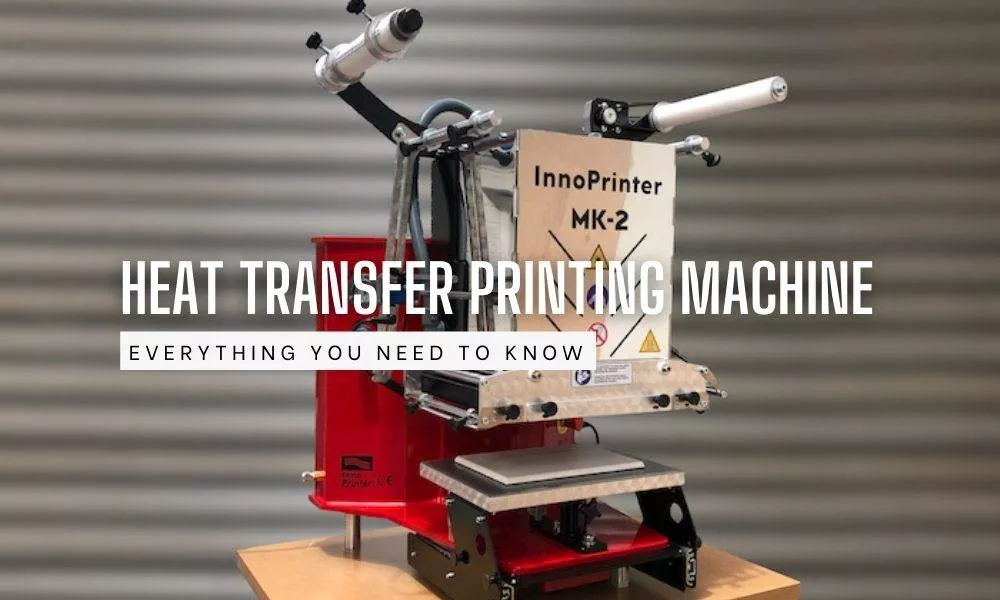
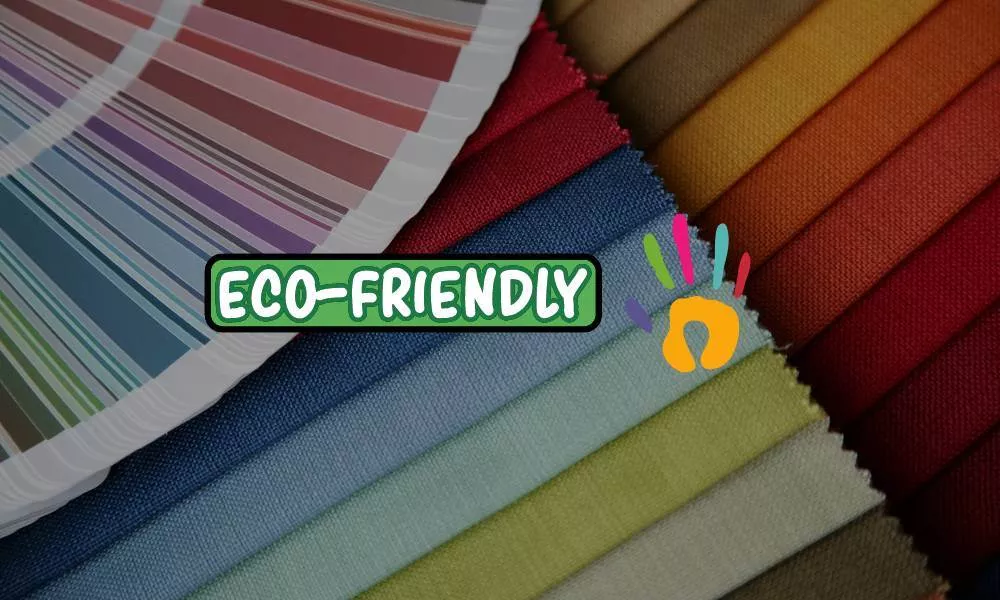
Thank you for sharing your insights! We value your commitment to our conversation on the intensity press move paper. Greet read!
You’re welcome! We are glad the insights were helpful.
After reading this blog, I’m curious about whether the recommended heat press transfer paper works well with different types of fabrics, especially ones with varying thicknesses and textures.